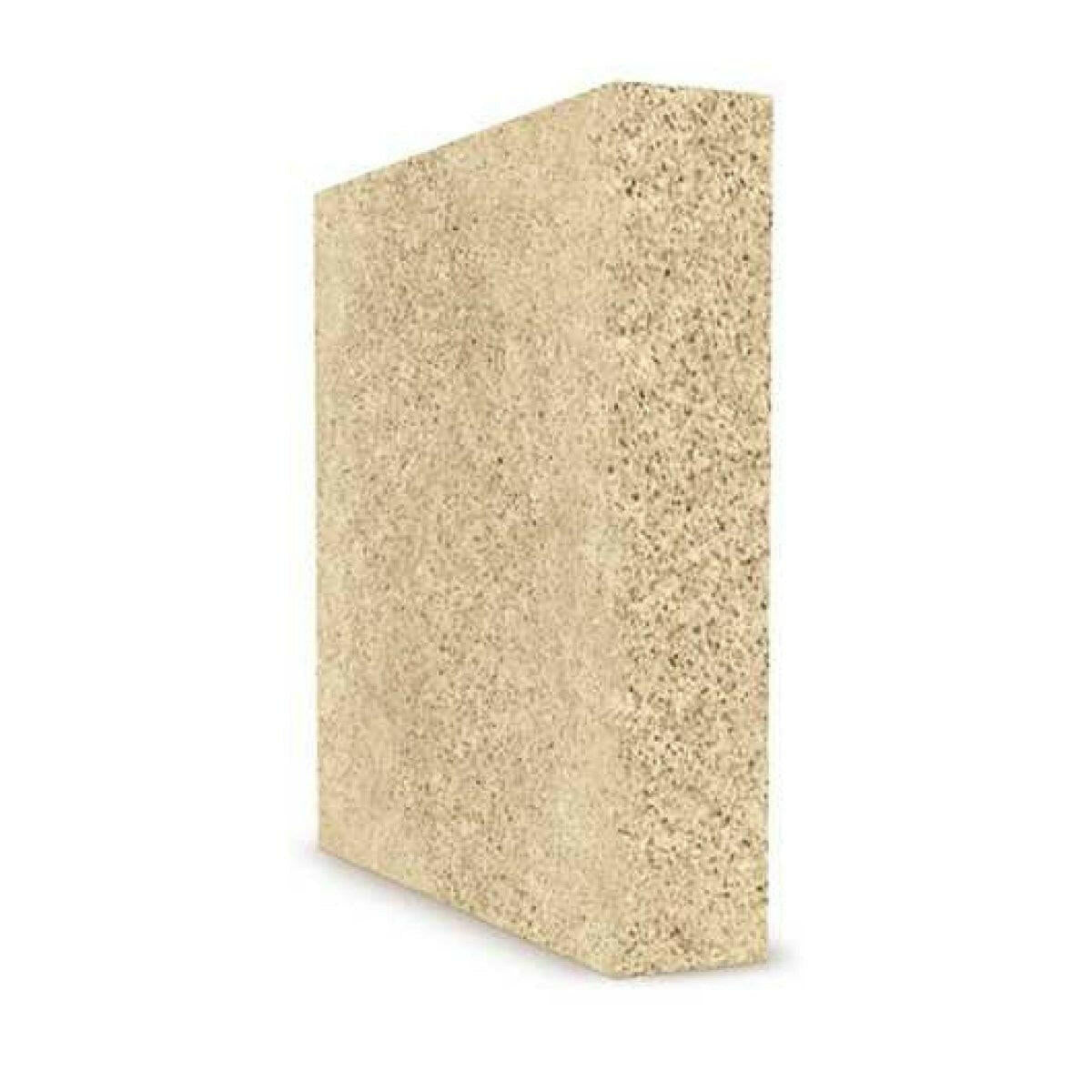- Designed to be used in marine and hard freshwater aquariums with a pH of 7.5 or over
- Highest porosity and largest useable surface area, per unit weight or volume, of all filtration media available anywhere!
- Provides huge amounts of anaerobic surface area for efficient bacterial colonization for denitrification, along with sulfur doping to act as an electron donor to accelerate the process in freshwater, pond or marine applications.
- Laboratory Tested: Provides over 71,000 square feet (6,596 square meters) of surface area per liter of medium. One plate has about 125,000 square feet of useable surface area for bacterial colonization.
- Also reduces phosphate significantly and dissolved organics.
- So porous that it wicks water and stays wet for days when drained, allowing bacteria to remain viable after an equipment failure and ready for the repair.
- Doped with Aragonite to buffer pH at bacteria level, preventing acid buildup which eventually would kill the bacteria and reduce capacity (which is what happens in competing products).
Recommendation: Do not use different bacteria products in an aquarium, particularly during startup! When an aquarium is new, the available nutrients for bacteria to consume are scarce and if the kind of bacteria you introduce requires organics, they will likely not be available and the two different bacterial cultures can fight each other. It is best to start out with Micr?Bacter Start and cycle the tank, and then progress to Micr?BacterCLEAN at cycling completion. Then progress to Micr?Bacter7 or FlorinBacter7 at 4 to 6 months of age. This will provide the cleanest and fastest route to meet your goals and provide a beautiful and sustainable bacterial ecosystem. Particularly do not introduce foreign strains of bacteria such as "live sand", pre-cultured dry man made "live rock," etc. It is ok to use rocks from other aquariums that have already cycled and live rock purchased from stores. All forms of man made or natural live rock (except dry pre-cultured), aragonite and marco rock will work fine. If you introduce the wrong strains of bacteria, at the wrong time, you can slow down the whole process.
To use one plate for both aerobic nitrification and anaerobic denitrification, mount the plate below the water surface and provide medium flow around it. The bacteria growing in the top 1/4" of the surface of the plate will be aerobic and will use up all the oxygen so that the inside of the plate goes anoxic or anaerobic. Anaerobic denitrifying bacteria will then colonize the internal surfaces of the plate and you will get both nitrification on the surface and denitrification in the internal parts. While the NO3 plate will perform both nitrification and denitrification, it is primarily designed for denitrification. If you are needing primarily nitrification (removal of ammonia & nitrite), you should purchase the BIO Plate. One important criteria in marine systems is gas exchange. Xport is the best bacterial media in the world, but it is not good at gas exchange. Bio balls are the best for gas exchange, so any system will work better with a small stack of bio balls placed in the main flow (in air).


